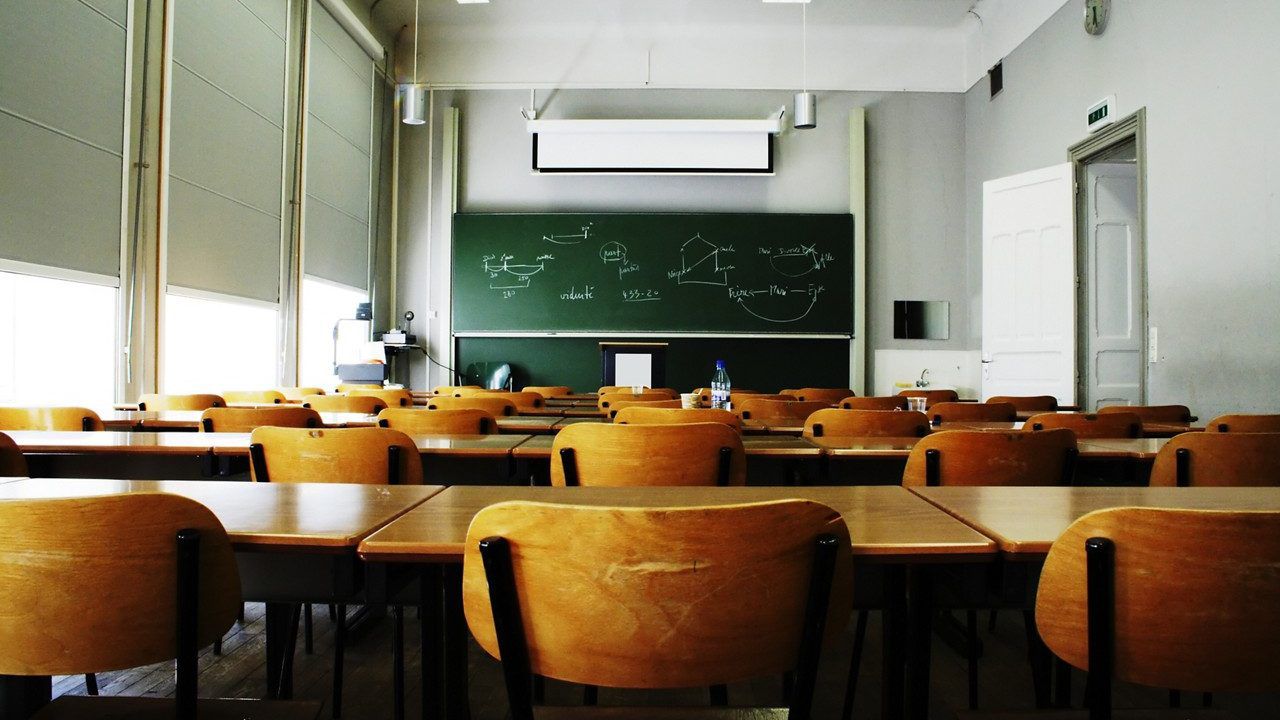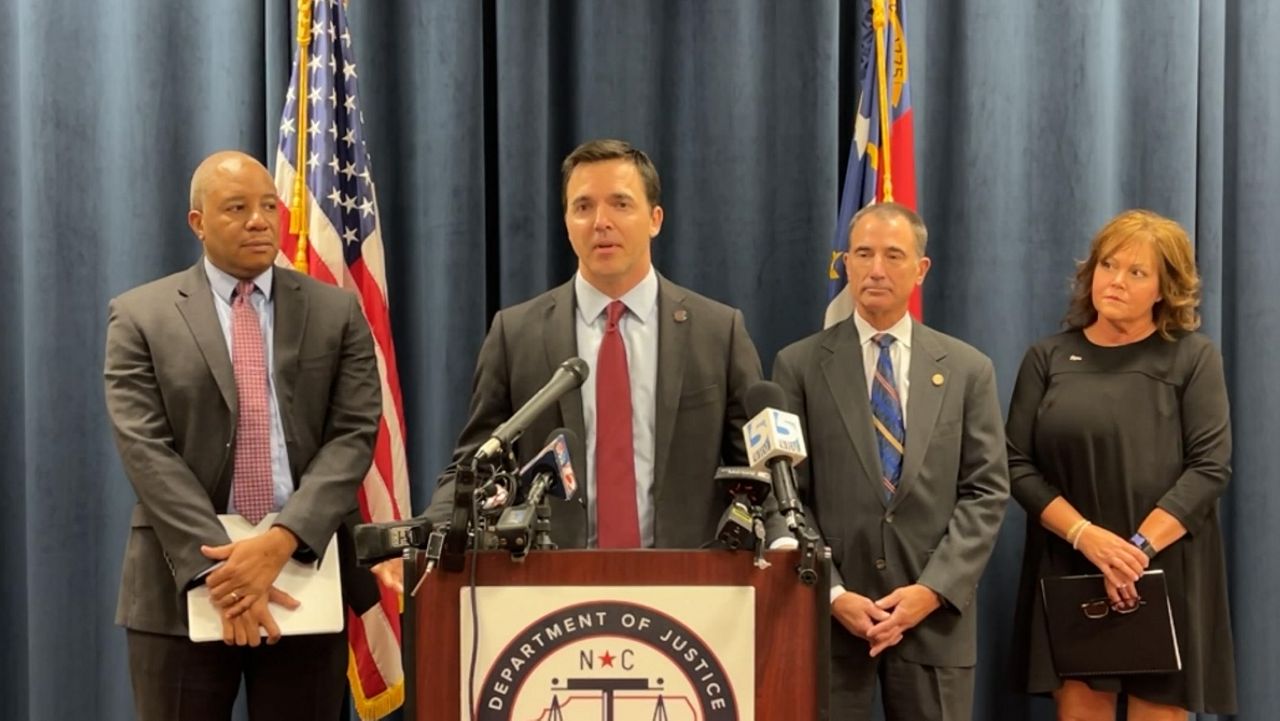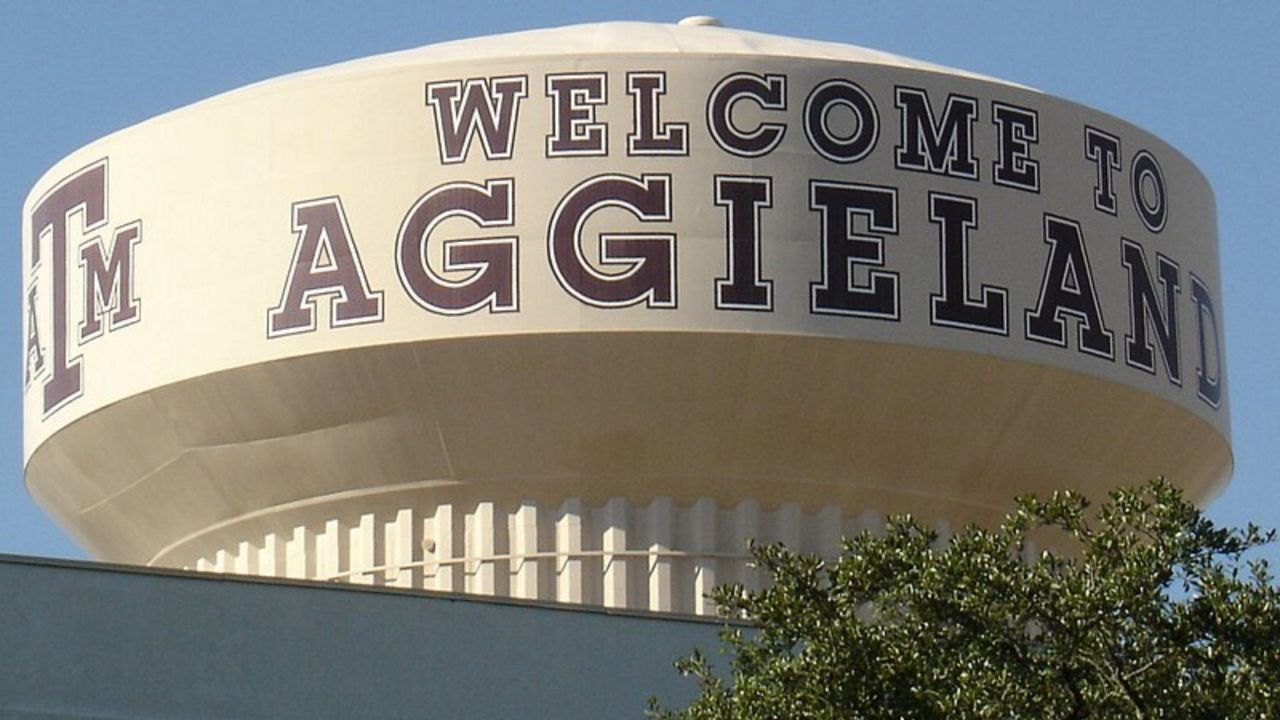Schools across North Carolina saw more criminal behavior from students, but less kids quitting classes altogether in the last school year, newly released data shows.
In the 2022-23 school year, public and charter schools throughout the state saw a decrease in dropouts and an increase in acts of crime and violence, the North Carolina Department of Public Instruction announced Wednesday morning.
The data comes from an annual report compiled by the Center for Safer Schools that tracks dropouts, suspensions, crime and other incidents.
Dropouts across all grade levels decreased 11.7% when compared to the 2021-22 school year, and dropouts in high school decreased 13.3%.
That decrease brought the total number of dropouts in high schools down to 9,612, the lowest in 10 years, excluding the 2019-20 and 2020-21 school years, which likely saw lower rates due to COVID-19.
“It is promising to see a decrease in dropouts across North Carolina’s public schools as we know time in the classroom better prepares students for their future,” State Superintendent Catherine Truitt said. “I’m hopeful to see this trend continue as education is essential for students’ personal and professional success.”
The state average for high schools was 1.95 dropouts per 100 students, with dropouts in grades 9-12 being the most common. Students with disabilities had the highest dropout rate, almost double the average, made up mostly of students with a learning disability.
Incidents involving crime and violence in high schools increased over 18% from 2021-22, with possession of a controlled substance being the most common incident reported.
According to the report, possession of a controlled substance has historically been the most common crime reported in high schools, but North Carolina saw a 35.7% increase in just one year. However, the press release noted that the stark increase could be due to a more concentrated effort to log vaping incidents as a controlled substance violation.
Other acts that saw sharp increases were assaults resulting in serious injury, bomb threats, sexual offenses and robbery with a dangerous weapon. Possession of weapons other than guns and possession of alcoholic beverages both decreased by 3.7%.
“This data is an important tool for school districts to assess programs and strategies in place that keep students safe while guiding the Center for Safer Schools in its decision making on the types of trainings and resources it provides statewide,” Truitt said. “This report demonstrates that our schools are meticulously tracking this data in an effort to curb safety incidents, which is a necessary step in continuing to develop and refine safety improvement programs within schools.
There was also an increase in suspensions and expulsions. Short-term suspensions, which are less than 10 days, increased around 13%, bringing the total to almost 250,000, the highest it’s been in 10 years. Native American and Black students had the highest rate of short-term suspensions, a trend that goes back to the 2018-19 school year.
Sixty-four students were expelled in the 2022-23 school year, the highest in 10 years and a 33% increase since the year before. Ninth grade had the highest number of expulsions, with 20 students, followed by 10th and 11th grades.
Black students were expelled at much higher rates than any other race or ethnicity and made up almost half of all expulsions, followed by white students who made up a quarter.
In response to the results of the data, the Center for Safer Schools said it would focus more on Alternative Learning Programs and Schools, which help students overcome challenges that put them at risk of academic failure.
The center also announced plans to hire a staff member to work with schools on discipline and alternative learning placements.









